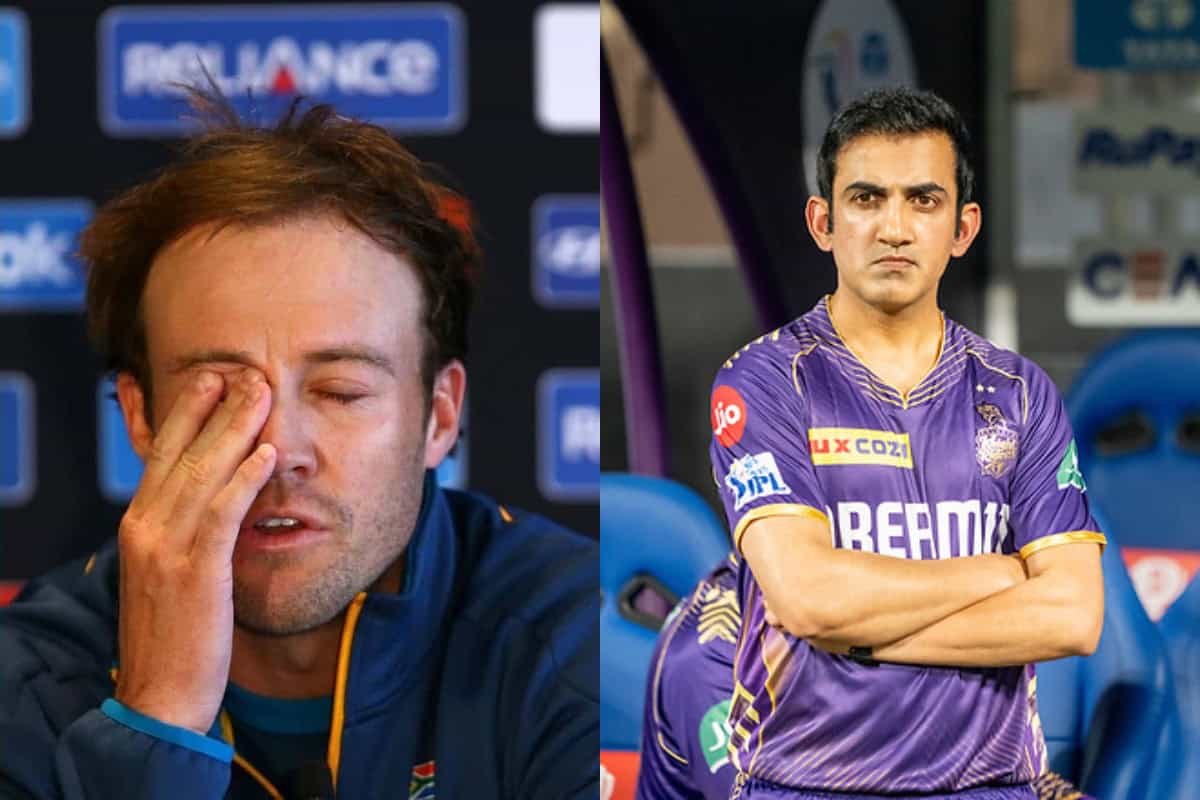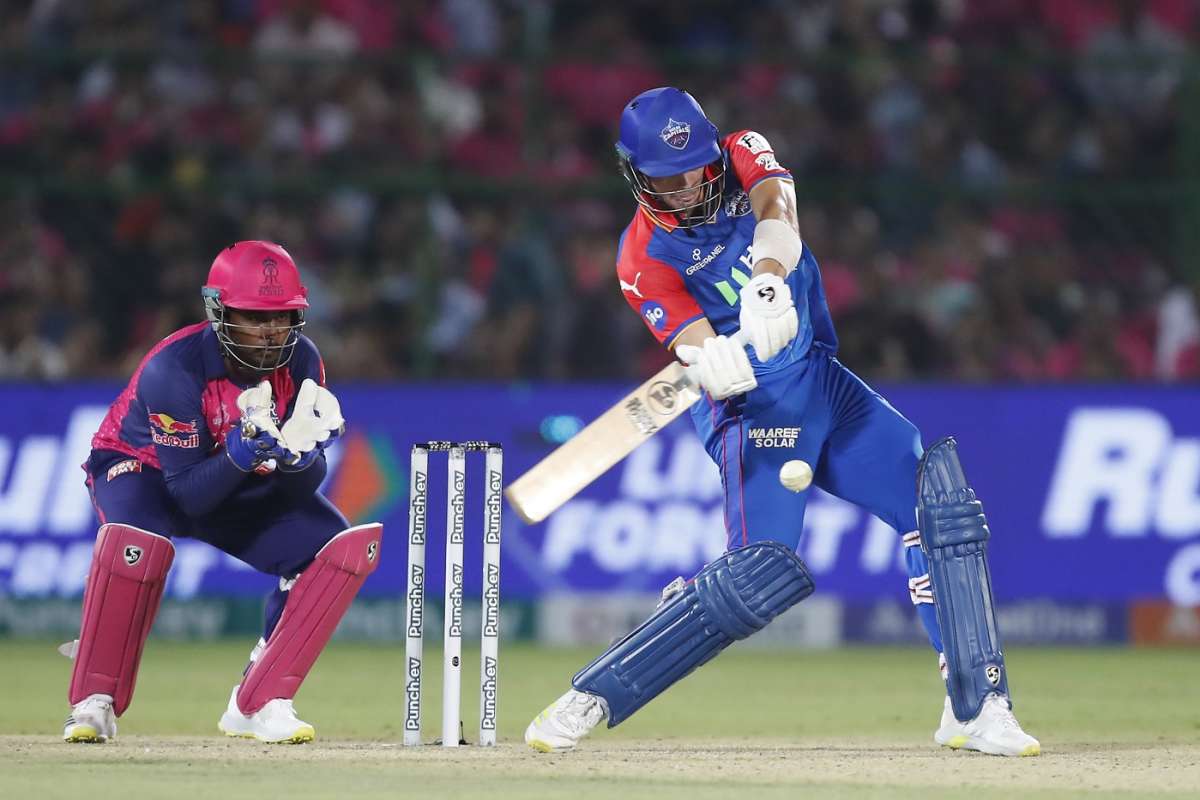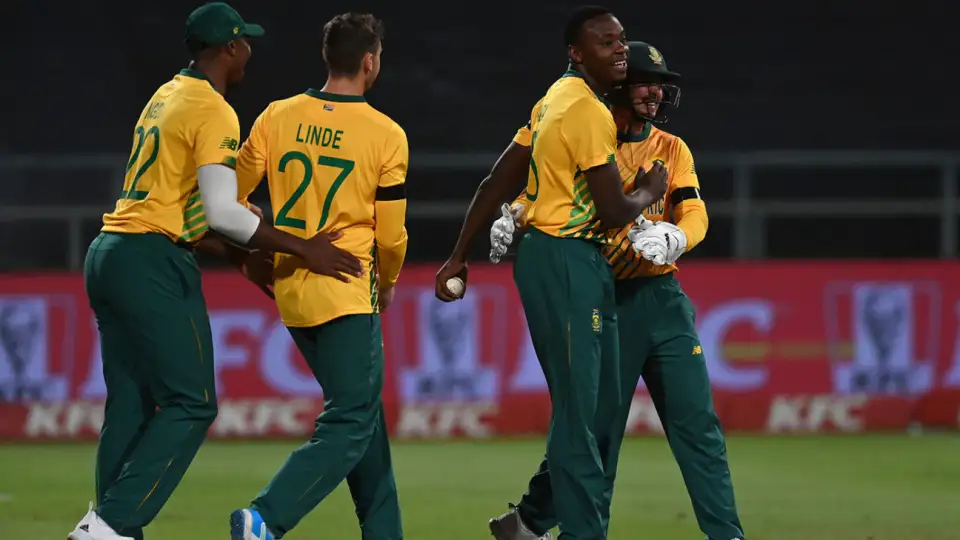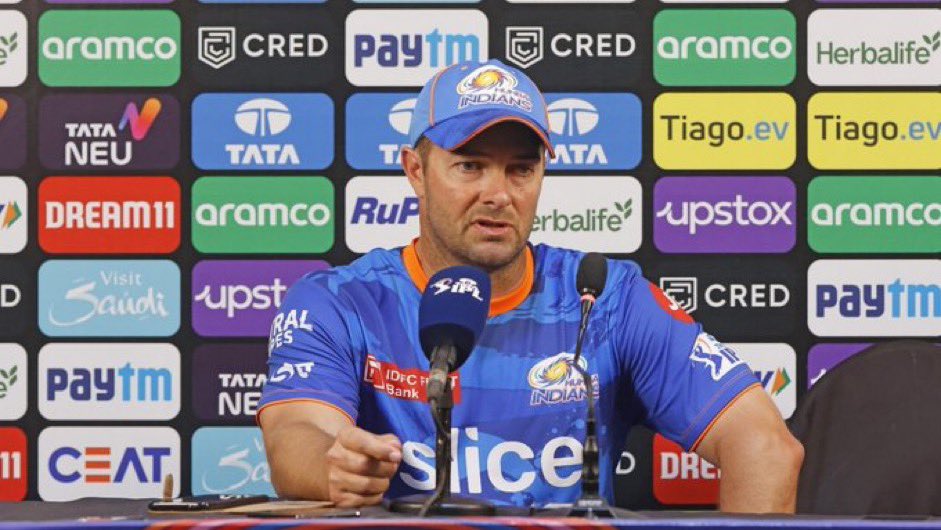The advent of a new year brings with it a sense of renewal and hope, and in the world of cricket, it marks the beginning of a fresh season filled with exciting challenges and memorable moments. Over the years, some of the most thrilling and iconic Test matches have taken place during the New Year period at the iconic Newlands stadium in Cape Town, South Africa. These matches have captured the essence of cricket’s spirit and set the stage for a year of unforgettable contests.
In this article, we take a journey down memory lane to revisit and celebrate the five best New Year’s Tests that have left an indelible mark on the cricketing landscape at Newlands. These matches, played on the hallowed grounds of Newlands, have provided fans with timeless memories, showcasing the resilience, talent, and passion of the players involved.
From historic milestones to epic comebacks, from dazzling performances to nail-biting finishes, these Tests have it all. So, join us as we relive the magic of these exceptional encounters that have enriched the heritage of Test cricket and made New Year’s celebrations all the more special for cricket enthusiasts around the world.
England vs South Africa: January 1923
The 1923 New Year’s Test at Newlands between England and South Africa was a landmark event, setting the stage for future cricketing battles. England, led by F.T. Mann, faced a determined South African side under Herbie Taylor. The match was a low-scoring affair, characterized by challenging batting conditions and excellent bowling.
South Africa, winning the toss and opting to bat first, faced an English bowling attack in prime form. The pitch offered considerable assistance to the bowlers, and P.G.H. Fender’s off-spin and G.G. Macaulay’s medium pace proved particularly devastating. South Africa was bundled out for a paltry 113, with only a few batsmen managing to reach double figures.
In response, England struggled as well but managed to eke out a lead, with A.W. Carr’s 42 being the top score. J.M. Blanckenberg’s 5-wicket haul for South Africa ensured that England didn’t get too far ahead, setting the stage for a thrilling second innings.
South Africa’s second innings saw a more spirited performance, largely thanks to R.H. Catterall’s 76. Despite Macaulay’s 5/64, South Africa set England a tricky target of 173. The pitch continued to offer assistance to the bowlers, and South Africa’s A.E. Hall exploited the conditions masterfully, claiming 7/63.
England’s chase was a nerve-wracking affair. They lost early wickets and were reeling at various points, but F.T. Mann’s 45 and a crucial partnership between him and V.W.C. Jupp brought them close to the line. The match went down to the wire, with England scraping home by just 1 wicket, highlighting the intense competitiveness and the fine margins in Test cricket.
This match is remembered not just for its thrilling finish but also for setting a tradition of New Year’s Tests at Newlands. It encapsulated the essence of Test cricket – fluctuating fortunes, individual heroics, and the sheer drama of a closely fought contest. The game also highlighted the tactical nuances of the era, with captains having to make crucial decisions on batting orders, bowling changes, and field placements on a challenging pitch.
The 1923 New Year’s Test was a fitting inauguration of a tradition that would see many more memorable matches at the picturesque Newlands Cricket Ground. It was a testament to the enduring appeal of Test cricket and its ability to produce gripping narratives that resonate through the ages.
South Africa vs New Zealand: January 1995
The 1995 New Year’s Test at Newlands, Cape Town, was a defining moment for South African cricket, marking their first victory in the prestigious fixture. The match was played on a relaid pitch known for its unusual pace, adding an extra layer of challenge for the players. New Zealand, who won the toss and chose to bat first, faced a formidable South African bowling attack and were reduced to 96/5. However, they managed a recovery to post a total of 288, with Stephen Fleming playing a crucial innings.
In response, South Africa showcased their batting prowess, with captain Hansie Cronje and wicket-keeper Dave Richardson scoring centuries, while debutant Rudi Steyn made a valuable contribution. Their total of 440 set a strong foundation for the victory. The slow scoring rate, however, meant that the match was drawn out, leaving less time for a result.
As New Zealand batted again, their innings was marked by poor choices and a lack of resilience, eventually being dismissed for 239. South Africa needed just 88 runs in the final innings, which they achieved with relative ease, securing a historic seven-wicket win.
This victory was significant for several reasons. It was the first time a team had come back from a 1–0 deficit in a three-match series to win since 1888, highlighting South Africa’s determination and skill. The match also demonstrated the team’s growing confidence and ability to perform under pressure, traits that would serve them well in future contests.
For New Zealand, the match was a disappointment. Despite showing promise at various stages, their inability to capitalize on crucial moments led to their downfall. The South African bowlers, particularly Fanie de Villiers and Allan Donald, exploited the conditions effectively, making it difficult for the New Zealand batsmen to settle.
The match’s significance extended beyond the immediate result. It marked a turning point for South African cricket, as they began to establish themselves as a force in international cricket. The performances of Cronje and Richardson, along with the contributions from the rest of the team, showed that they had the talent and depth to compete with the best.
The 1995 New Year’s Test was not just a cricket match; it was a statement of intent from a South African team that was beginning to find its feet after re-admission to international cricket. It set the stage for a period of success and growth for the team and provided memorable moments that fans still cherish.
In the years that followed, South Africa would build on this victory, becoming one of the most consistent and formidable teams in the world. The 1995 New Year’s Test was a crucial step on that journey, a moment when the team showed they could rise to the occasion and overcome adversity. It remains a defining match in South African cricket history, a testament to the skill, determination, and spirit of the team.
South Africa vs India: January 2011
The 2011 New Year’s Test at Newlands was a classic encounter between South Africa and India, showcasing high-quality cricket, tactical nous, and individual brilliance. The match was particularly significant for its intense duels, most notably between Dale Steyn, one of the era’s fiercest fast bowlers, and Sachin Tendulkar, a batting maestro. The game also saw Jacques Kallis scoring twin centuries, further cementing his status as one of cricket’s greats. Despite these performances and a game filled with shifts in momentum, neither team could force a result, and the match ended in a draw. This outcome left the series tied at 1-1 and was particularly poignant for India. It marked their first non-defeat in a series in South Africa, a significant achievement given the challenging conditions and the formidable South African side. However, for a team with the experience and skill of Tendulkar, Dravid, Laxman, and Zaheer Khan, there was a sense of a missed opportunity. As these core players were unlikely to be around for the next tour, this match represented the end of an era and a chance for a historic series win. The match began with Dhoni winning the toss and choosing to bowl, a decision justified by the overcast conditions. However, the Indian bowlers, despite occasional threats, couldn’t capitalize as they hoped. South Africa, led by Kallis’s astute batting, managed to post a challenging total. Amla’s aggressive approach briefly shifted momentum, but his dismissal curtailed a potentially more significant partnership. The pitch, not as bowler-friendly as in previous matches, saw South Africa ending the first day in a reasonably strong position. The subsequent days featured a fascinating battle between bat and ball. Kallis’s century stood out, characterized by technical excellence and determination. India’s reply had its shaky moments, especially with the top-order wobble. Yet, Tendulkar’s masterful century and partnerships with Gambhir and later Harbhajan Singh pushed India slightly ahead.
The third day was markedly reduced to the spellbinding contest between Tendulkar and Steyn. Steyn’s relentless, high-quality swing bowling at great pace was a feature throughout the series, and he was unlucky not to end with more wickets. Tendulkar, showing a Kallis-like temperament, crafted a century that kept India in the game. The match progressed into a tense final phase, with Harbhajan Singh exploiting a wearing pitch. South Africa stumbled but found resistance in Kallis and Boucher, who navigated the challenging period to add a crucial partnership. Kallis’s second century of the match, a feat marking his exceptional skill and tenacity, made him the first South African to score twin centuries in a Test twice. India’s chase on the final day was more about survival than the pursuit of victory.
The batting, especially by Gambhir and an uncharacteristically restrained Tendulkar, reflected this approach. As the captains shook hands to conclude the match, the draw seemed a fair reflection of the contest. The match was a celebration of Test cricket, with its ebb and flow, individual heroics, and strategic depth. It was a fitting contest for the players who would soon leave the international stage, and a reminder of the enduring appeal and complexity of the longest format of the game.
South Africa vs New Zealand: January 2013
Title: South Africa’s Dominating Victory over New Zealand: A Memorable Test Match
In a Test match that took place in Cape Town from January 2nd to 4th, 2013, South Africa emerged victorious by an innings and 27 runs against New Zealand. This match marked a significant moment in the cricketing history of both teams, with standout performances and unforgettable moments etching themselves into the annals of the sport.
The toss, held on the first day, saw New Zealand winning and choosing to bat—a decision that would come back to haunt them. Brendon McCullum, who was captaining the New Zealand side for the first time since replacing Ross Taylor, could hardly have predicted the dismal start that awaited his team. Vernon Philander, the South African pacer, was the chief tormentor, exploiting the seam movement in the pitch to devastating effect. In his first 25 balls, Philander single-handedly reduced New Zealand to a precarious 27 for five. This early collapse essentially decided the fate of the Test match.
Philander’s remarkable spell was a sight to behold. His deliveries moved just enough to keep the batsmen guessing and frequently found the edges of their bats. Within a matter of overs, Philander had claimed five wickets, delivering the fastest five-for in Test history from the start of a match. It was a stunning display of skill from a bowler who had been described as “provisionally fit” just before the game.
New Zealand’s first innings ended in shambles, with a meager total of 45 runs—an embarrassingly low score that harkened back to a different era of Test cricket. It was the shortest innings in New Zealand’s history, making it all the more disheartening. Their total was the lowest by any side in nearly four decades, a stark reminder of their struggles against the South African bowling attack.
Conditions remained challenging for New Zealand’s bowlers when it was their turn to take the field, but South Africa’s batsmen displayed a stark contrast in quality. Hashim Amla’s composed 66 and Jacques Kallis’s masterful strokeplay helped South Africa take the lead in just 184 balls from the start of the match—a remarkable achievement that set another Test record.
Alviro Petersen, with his cautious approach, added to South Africa’s lead with a well-constructed century. His innings showcased the art of self-denial and provided stability to the team. AB de Villiers also contributed before the declaration, and New Zealand’s bowlers deserved credit for their perseverance.
When New Zealand returned to the crease, they faced an uphill battle, trailing by 302 runs with little hope of saving the match. Dean Brownlie’s impressive century gave some pride and dignity to New Zealand, but it was too little, too late. South Africa’s victory was all but assured.
In the end, Vernon Philander, with his extraordinary performance in both innings, was rightfully awarded the Man of the Match. This Test match will be remembered for its dramatic turn of events, with South Africa’s dominance and New Zealand’s struggles etching themselves into cricketing history.
As the match concluded with a resounding victory for South Africa, it served as a stark reminder of the challenges and triumphs that make Test cricket such an enduring and captivating form of the sport.
South Africa vs England: January 2016
Title: A Memorable New Year’s Test: Stokes, Bairstow, Bavuma, and Amla Shine in Cape Town 2016
The Test match at Cape Town from January 2nd to 6th, 2016, may not have had many periods when an outright result seemed likely, but it will be etched in cricketing memory for the remarkable performances that unfolded during its course. This particular New Year’s Test, though often described as one of the more sedate ones, was made special by the exceptional display of skills and resilience exhibited by both teams.
The toss favored England, who decided to bat first. Little did they know that they were about to witness a historic performance by one of their own – Ben Stokes. Stokes, playing in scorching heat, unleashed a murderous assault on the South African bowlers, amassing a colossal 258 runs from just 198 balls. His innings included a staggering 30 fours and 11 sixes. Partnered by Jonny Bairstow, the duo forged a Test-record sixth-wicket partnership of 399 runs in just 346 balls, making it the fastest partnership above 200 in Test cricket.
England’s position had seemed vulnerable earlier when they lost key wickets, including that of Alastair Cook, Alex Hales, Nick Compton, and James Taylor. However, Stokes and Bairstow’s remarkable partnership turned the tables and propelled England to a colossal total of 629 for six, with Stokes ending as the top scorer for England. This performance by Stokes was a breathtaking display of aggression and dominance, and it left seasoned observers in awe.
Despite the relentless assault, South Africa’s bowlers, missing the injured Dale Steyn and Kyle Abbott, persevered in the face of adversity. England’s total was their biggest under Cook’s captaincy, setting the stage for a Test match full of drama.
The South African response was marked by Hashim Amla’s exceptional double century. Amla, who was captaining the side, batted for 11 hours and 45 minutes to score 201 runs. His mammoth innings played a crucial role in South Africa’s bid to save the Test. Amla’s decision to step down as Test captain after this match surprised many, but it came at a time when he had just delivered a spectacular performance, indicating that the captaincy was weighing heavily on him.
The Test also witnessed a historic moment when Temba Bavuma scored a century for South Africa. Bavuma’s century was particularly significant as it marked the first time in 127 years of Test cricket that a member of South Africa’s majority black African population had scored a Test century. His innings resonated beyond the boundaries of the match and celebrated the diversity of South African cricket.
While England seemed poised to secure a victory, South Africa’s determined batting display, led by Amla and later by Bavuma, thwarted England’s charge. The Test match progressed with both teams displaying remarkable resilience and determination, making it a memorable contest.
Though this New Year’s Test may have appeared dull to some due to the lack of outright results, it was elevated to a special status by the carnage unleashed by Stokes and Bairstow with their record-breaking partnership, Bavuma’s historic century, and Amla’s remarkable double ton. The match will be remembered as a testament to the enduring spirit of Test cricket, where moments of brilliance can turn even the most sedate contests into something extraordinary.
In the end, Ben Stokes was awarded the well-deserved Man of the Match for his exceptional performance, and the Cape Town Test of 2016 will forever hold a special place in the annals of cricketing history.






Leave a Reply